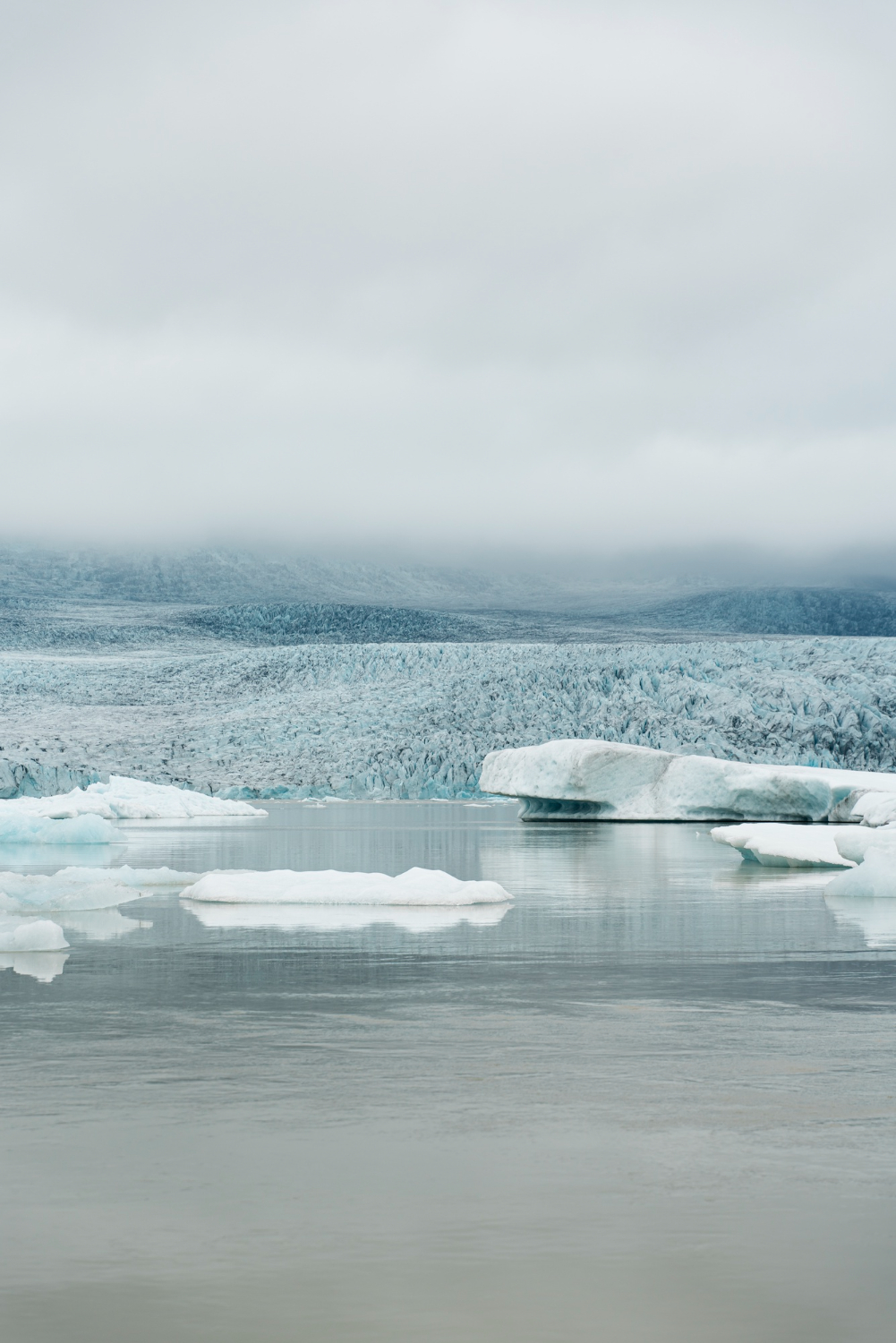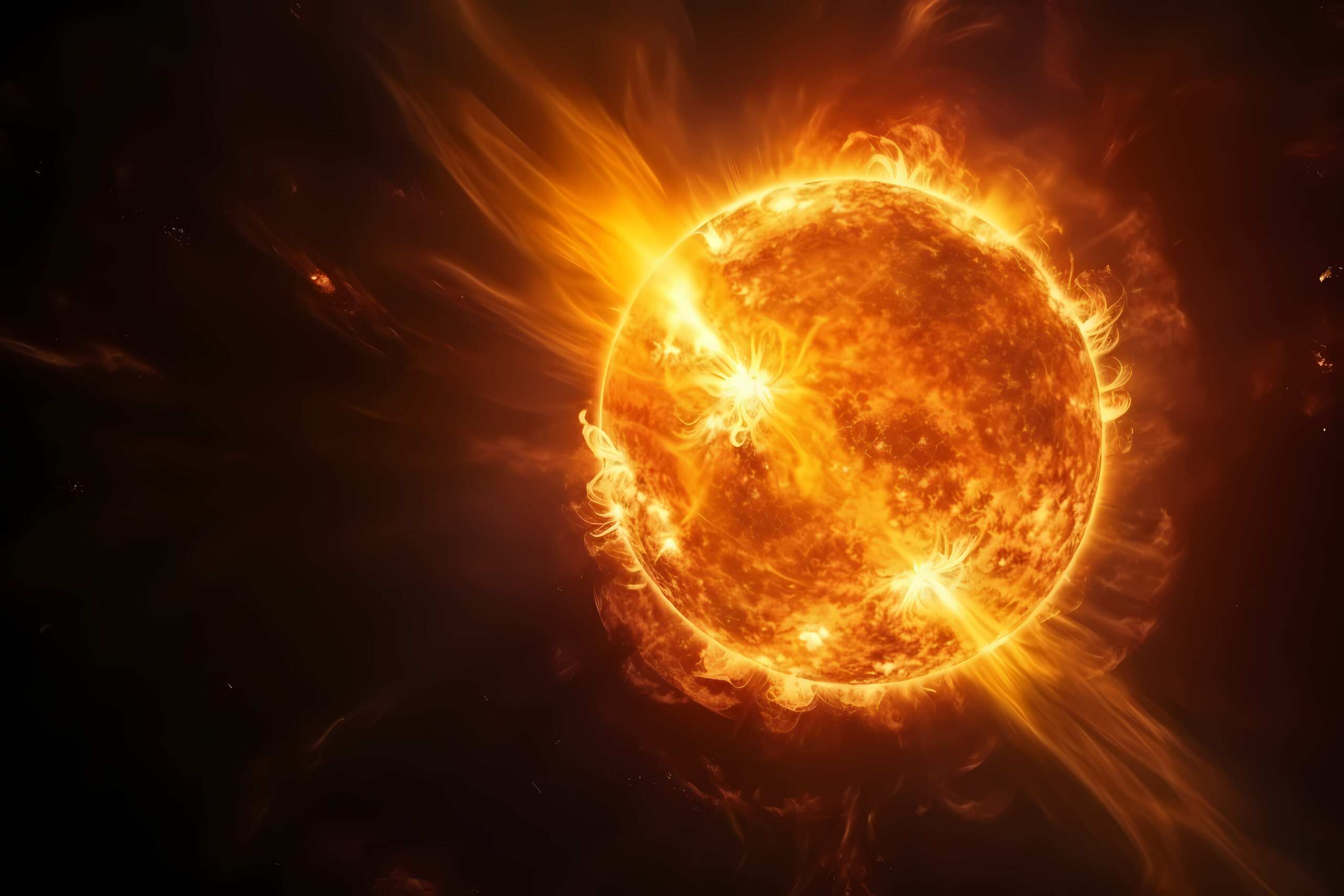
In 2025, scientists from NASA and the U.S. National Snow and Ice Data Center reported that Arctic winter sea ice reached a record low, covering only 5.53 million square miles—a reduction of 1.1 million square miles compared to the previous year. In January, the ice extent decreased unexpectedly due to cyclones bringing southern winds, causing ocean waves that fragmented the thin ice. Temperatures were up to 12°C above normal. The reduction in ice is expected to continue due to global warming, with some climate models predicting ice-free Arctic summers before 2050.
Arctic Winter Sea Ice Reaches Record Low in 2025 – A Climate Warning
In a troubling milestone, scientists confirmed that Arctic winter sea ice hit a record low in 2025, continuing a decades-long decline driven by climate change. Despite seasonal fluctuations, the long-term trend is clear: the Arctic is warming three times faster than the rest of the planet, with devastating consequences for ecosystems, weather patterns, and coastal communities.
Why This Matters
- Accelerated Warming – Less ice means darker ocean water absorbs more heat (albedo effect), further speeding up melting.
- Wildlife at Risk – Polar bears, seals, and Arctic species rely on ice for hunting and breeding.
- Global Weather Shifts – A warmer Arctic disrupts jet streams, potentially intensifying extreme weather in North America and Europe.
- Rising Sea Levels – While melting sea ice doesn’t directly raise oceans (it’s already displacing water), it contributes to glacier and Greenland ice sheet loss.
What’s Causing the Decline?
✔ Human-Driven Climate Change – CO₂ emissions trap heat, reducing ice formation.
✔ Warmer Ocean Currents – Subsurface temperatures prevent winter ice recovery.
✔ Feedback Loops – Earlier spring melts and later freezes create thinner ice.
Projections for the Future
Some models suggest the Arctic could see ice-free summers by the 2030s—a scenario once considered distant. This would open new shipping routes but also trigger geopolitical conflicts over Arctic resources.
Can We Reverse the Trend?
While the damage is severe, cutting emissions now could stabilize ice loss. Innovations like solar geoengineering are debated, but reducing fossil fuel dependence remains the most effective solution.
The Bottom Line: The Arctic is a climate crisis barometer—and it’s flashing red. Will this record low finally spur urgent action? 🌍❄️







